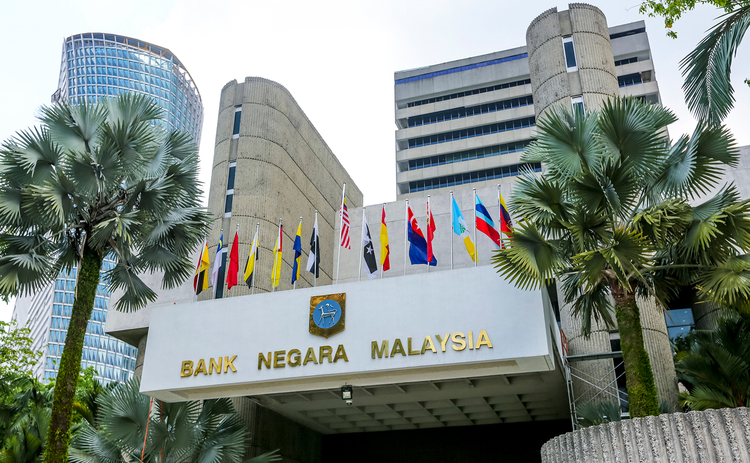
The following article is the 8th of a series of 10 articles on cross border transactions and remittances. These articles will explore the rules and regulations that monitor these transactions, the requirements Malaysian individuals or companies must fulfill when undertaking such payments via banks. They will also look into how sufficient the existing systems are in ensuring transparency in cross border remittances and the role banks and financial institutions play in the traceabillity of the funds, and their obligations to their clients in the event of returned remittances.
Banks Urged To Use One System For Safer Money Transfers
By adopting a unified documentation protocol encompassing SWIFT messages, beneficiary declarations, and compliance certificates, financial institutions will greatly improve audit trails and reduce the risk of “unknown source” rejections in international funds transfers, says lawyer Harvinderjit Singh.
He highlighted that unclear or inconsistent documentation remains a major challenge in global financial transactions, often resulting in delays, rejections, and heightened regulatory scrutiny.
The term “unknown source” refers to situations where the origin of transferred funds cannot be sufficiently verified, posing significant risks under anti-money laundering (AML) and counter-terrorism financing (CTF) frameworks.
“These risks not only threaten the integrity of financial institutions but also undermine efforts to combat illicit activities. The unified protocol would also help fight money laundering and terrorism financing,” said Harvinderjit.
By standardising documentation requirements, banks can significantly improve traceability of funds, ensuring that every transaction is accompanied by verifiable information on both the sender and the beneficiary.
Currently, SWIFT messages provide essential transactional data but often lack comprehensive supporting documents that confirm the legitimacy of funds. Beneficiary declarations and compliance certificates serve as crucial supplements, verifying identities and confirming adherence to regulatory checks.
Meanwhile, Raymon Ram, Managing Principal of Graymatter Forensic Advisory Sdn Bhd contended that in fixing the issues, formats like ISO 20022 and tools such as the Unique End-to-End Transaction Reference (UETR) can help banks clearly identify and trace each payment.
“A unified protocol would make the process faster, clearer, and more secure. It would help banks avoid unnecessary delays and meet regulatory requirements more easily.
“By applying this standard across all banks and financial systems, Malaysia could reduce errors, improve tracking, and make sure that all payments meet international rules,” he said.
He added that by including key details in every payment instruction, banks can better detect suspicious transactions, comply with global screening requirements, and reduce false alarms.
He cited the European Union’s rules on fund transfers as one such comprehensive international model, adding that its approach will also reduce the need for manual checks and follow-ups, allowing banks to focus on real risks.
–WE